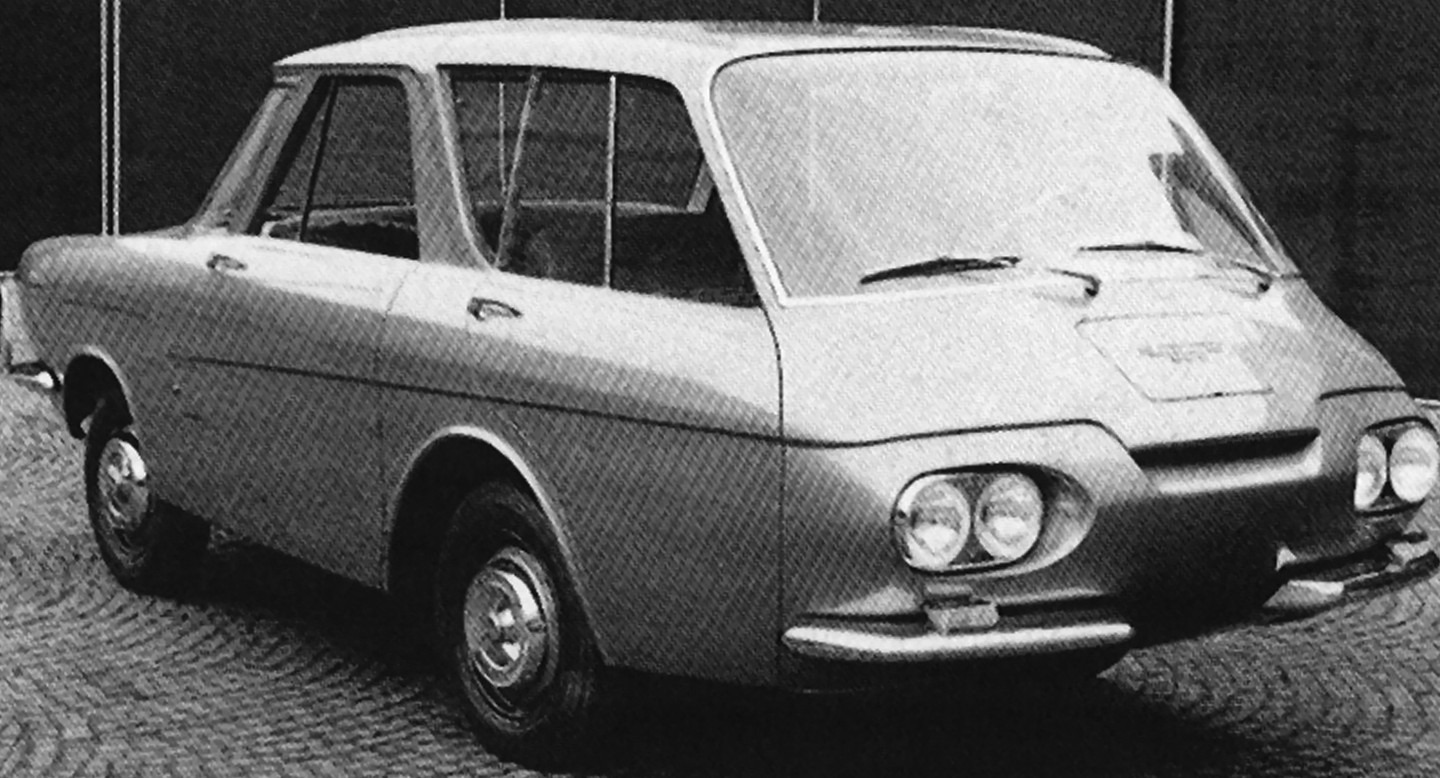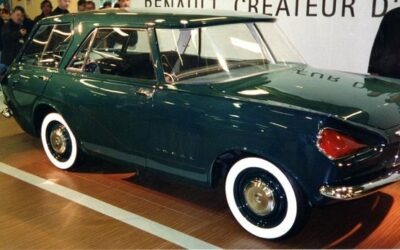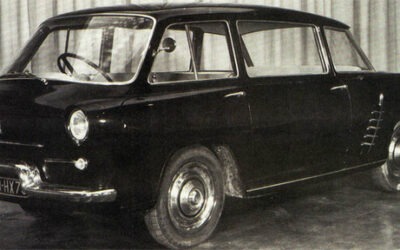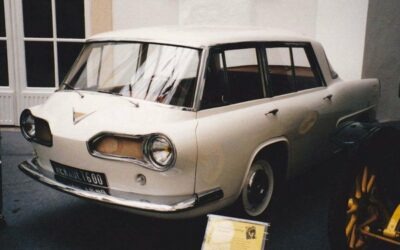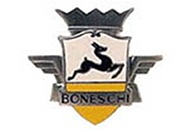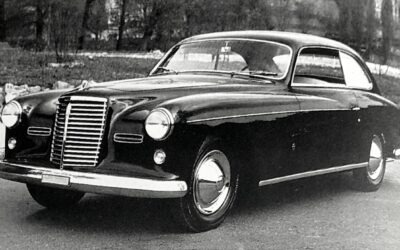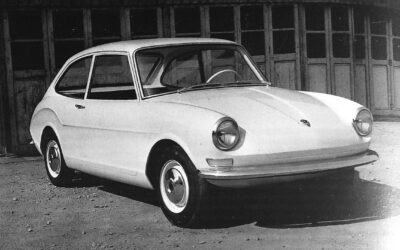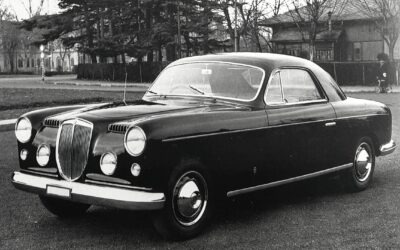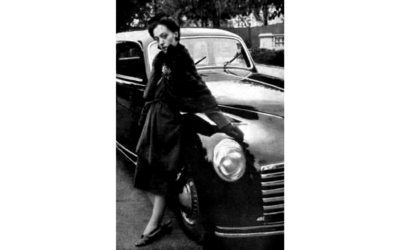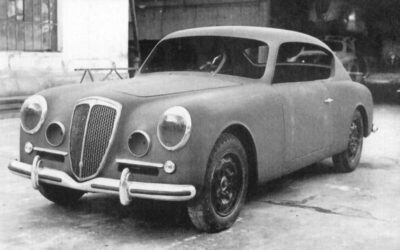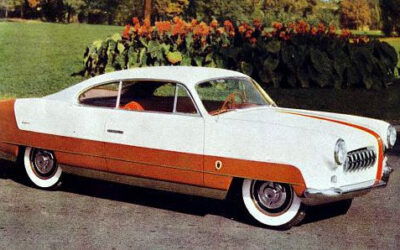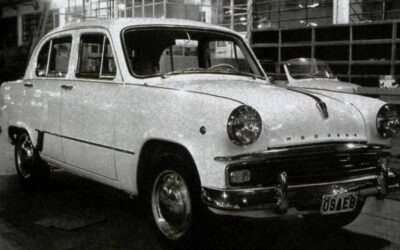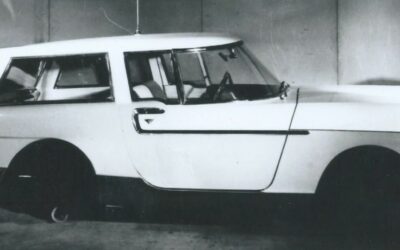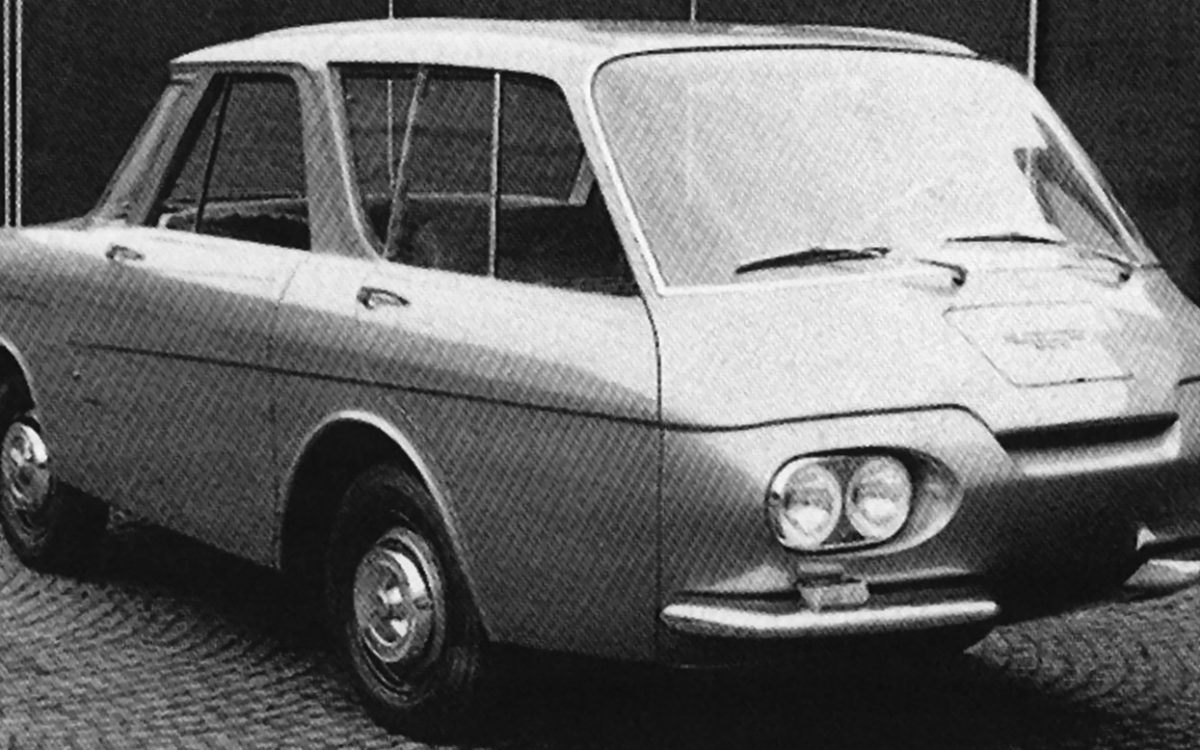

Renault T900 Ghia
Vehicle Overview
Technical Specifications
-
Body
-
Year1961
-
MakeRenault
-
ModelT900
-
CoachbuilderGhia
-
Length (mm)N/A
-
Width (mm)N/A
-
Height (mm)N/A
-
Units builtN/A
-
Engine TypeN/A
-
DesignerSergio Sartorelli
-
MakeN/A
-
ModelN/A
-
Cylinder CapacityN/A
-
Number Of DoorsN/A
-
Six Month RateN/A
-
Twelve Month RateN/A
-
Date Of First RegistrationN/A
-
Year Of ManufactureN/A
-
CO2 EmissionsN/A
-
Fuel TypeN/A
-
Tax StatusN/A
-
TransmissionN/A
-
ColourN/A
-
Type ApprovalN/A
-
Wheel PlanN/A
-
Revenue WeightN/A
-
Tax DetailsN/A
-
Mot DetailsN/A
-
TaxedN/A
-
motN/A
-
MakeN/A
-
Cylinder CapacityN/A
-
RegistrationN/A
-
Year Of ManufactureN/A
-
CO2 MissionsN/A
-
Fuel TypeN/A
-
Tax StatusN/A
-
ColourN/A
-
Type ApprovalN/A
-
Wheel PlanN/A
-
Revenue WeightN/A
0
0
votes
Article Rating
Subscribe
Login
Please login to comment
0 Comments
Oldest
Newest
Most Voted
Inline Feedbacks
View all comments
RELATED VEHICLES
More vehicles by Ghia
Coachbuilder
Missing or wrong informations?
Carrozzieri-Italiani.com relies on thousend of users who help to populate the database. We do not guarantee the accuracy of the informations. Contact us if you want to contribute.

